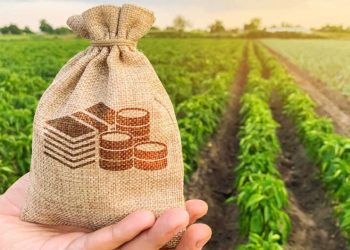Despite considerable production losses and other serious obstacles, Pakistan exported 3.717 million tonnes of rice in FY23, earning $2.149 billion.
Despite head and tailwinds such as devastating floods that wiped out one-third of Sindh’s crop, fluctuating rupee movement, tough competition from India, high freight charges, and vessel unavailability during the first six months of 2022-23, the rice sector demonstrated strong resilience and immense resistance.
595,120 tonnes of basmati rice were exported, earning $650,423 at an average per tonne (APT) pricing of $1,092. The export of coarse or non-basmati types was 3.122 million tonnes, earning $1.498 billion at an APT rate of $480.
In the previous year, the country earned $2.5 billion through export sales of 4.8 million tonnes.
Exports have been harmed mostly by a decline in production; instead of 9.1 million tonnes of output in 2021-22, the country is expected to harvest roughly 6 million tonnes of rice in FY23, a drop of more than 34%.
Floods and severe rains had harmed paddy fields, mainly in Sindh and south Punjab provinces, with crop losses estimated to be around 20%.
At least 35% of the standing rice crop in Sindh and 29% in south Punjab had been damaged, while other rice-growing areas were partially affected by extreme heatwaves, which hampered yields and were reflected in exports.
According to Hamid Malik, an expert on the rice trade, India manipulated prices to help its exporters by granting farmers incentives.
“This subsidy was intended for exporters rather than farmers, as Indian rice export rates in international markets remained $60 to $70 lower than those of Pakistan, Thailand, and Vietnam throughout the year.”
Higher basmati prices in the domestic market also had an impact on exports, as stockists entered the domestic market and profited from speculative trade.
According to Samiullah Naeem, a former chairman of the Rice Exporters Association of Pakistan (REAP), basmati rice was available in the market at Rs8,500 per 40kg at the start of the crop season, but within a few months, the rate had risen to Rs12,000 per 40kg, making it difficult for exporters to meet their commitments.
He claims that the price increase primarily benefited speculative traders, albeit rice growers and millers benefited to some level as well.
The export prospects for the current fiscal year seem to be promising as quotations for 25pc broken rice are being reported at $535 per tonne to their highest level since August 2008. The main push behind the rate hike is stated to be a ban by India on the export of its coarse rice varieties.












